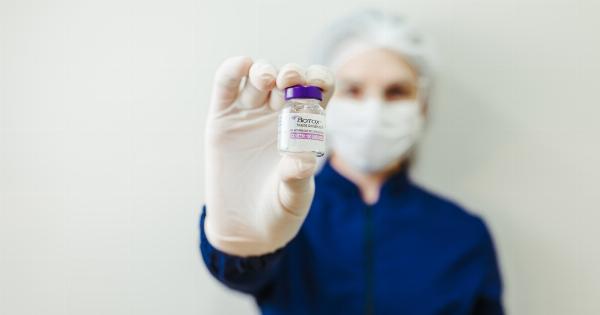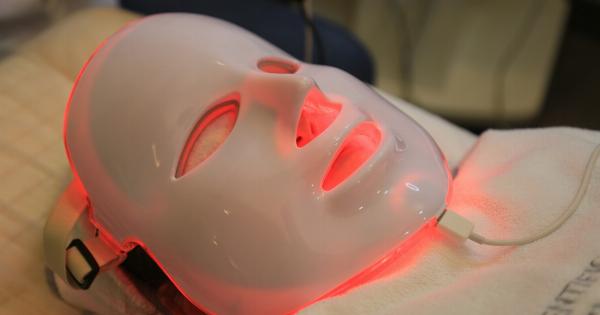When it comes to cosmetic treatments, Botox and hyaluronate are two popular options that can help individuals achieve a more youthful appearance.
However, there are several myths and misconceptions surrounding these treatments that can prevent people from fully understanding their benefits and potential risks. In this article, we will debunk eight common myths about Botox and hyaluronate to separate fact from fiction.
Myth 1: Botox and Hyaluronate are the Same
Contrary to popular belief, Botox and hyaluronate are not the same. Botox is a brand name for a type of botulinum toxin that is used to temporarily paralyze muscles and reduce the appearance of wrinkles.
On the other hand, hyaluronate is a type of dermal filler that adds volume to areas of the face, smoothing out fine lines and wrinkles. While both treatments can address signs of aging, they work in different ways.
Myth 2: Botox is Only for Wrinkles
While Botox is commonly used to minimize the appearance of wrinkles, its applications go beyond that.
Botox can also treat medical conditions such as excessive sweating (hyperhidrosis), migraines, muscle spasms, and even certain bladder and bowel disorders. It is not limited to cosmetic purposes alone.
Myth 3: Botox and Hyaluronate are Permanent
Many individuals worry that getting Botox or hyaluronate will result in permanent changes to their appearance. However, both treatments are temporary and require regular maintenance to sustain the desired results.
Botox typically lasts for three to six months, while hyaluronate can last anywhere from six months to two years, depending on the product used and the individual’s metabolism.
Myth 4: Botox and Hyaluronate are Unsafe
There is a common misconception that Botox and hyaluronate are unsafe. However, when administered by a qualified and experienced professional, these treatments are generally safe with minimal side effects.
Like any medical procedure, there can be risks and complications, but they are rare when performed by trained professionals who follow proper protocols.
Myth 5: Botox and Hyaluronate are Painful
Another myth surrounding Botox and hyaluronate is that they are painful procedures. In reality, the discomfort experienced during these treatments is often minimal and brief.
Many practitioners use topical numbing creams or ice packs to minimize any discomfort. Additionally, advancements in injection techniques and the use of finer needles have made the process more comfortable for patients.
Myth 6: Botox Gives a Frozen, Expressionless Look
One of the most common misconceptions about Botox is that it results in a frozen, expressionless look. When administered correctly, Botox should not drastically alter facial expressions.
Skilled professionals understand the importance of maintaining a natural appearance and focus on targeting specific muscles responsible for wrinkles while preserving overall facial movement and expression.
Myth 7: Hyaluronate is Only for Lip Enhancements
While hyaluronate can indeed be used to enhance lips, its applications extend beyond that.
Dermal fillers containing hyaluronate can be used to add volume to cheeks, fill in deep lines and folds, and even improve the appearance of under-eye hollows and dark circles. It is a versatile treatment that can address various signs of aging in different areas of the face.
Myth 8: Anyone Can Administer Botox and Hyaluronate
Lastly, there is a misconception that anyone can administer Botox and hyaluronate, resulting in unregulated and potentially unsafe treatments.
In reality, these cosmetic procedures should only be performed by qualified healthcare professionals, such as doctors or registered nurses, who have received specialized training in cosmetic injectables. Choosing a reputable and experienced practitioner is crucial for safe and effective results.
In Conclusion
By debunking these eight myths about Botox and hyaluronate, we hope to provide a clearer understanding of these treatments and their potential benefits.
It is essential to consult with a qualified professional to evaluate individual needs, discuss realistic expectations, and address any concerns before undergoing any cosmetic procedure. Remember, accurate information is key when it comes to making informed decisions about your appearance and overall well-being. Don’t let myths and misconceptions prevent you from exploring treatments that could help you look and feel your best.






























